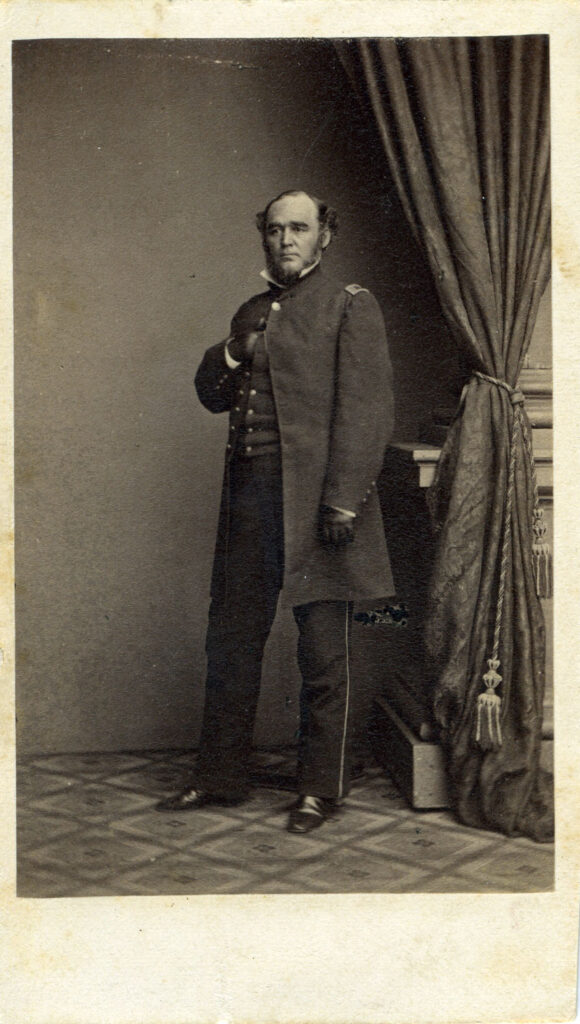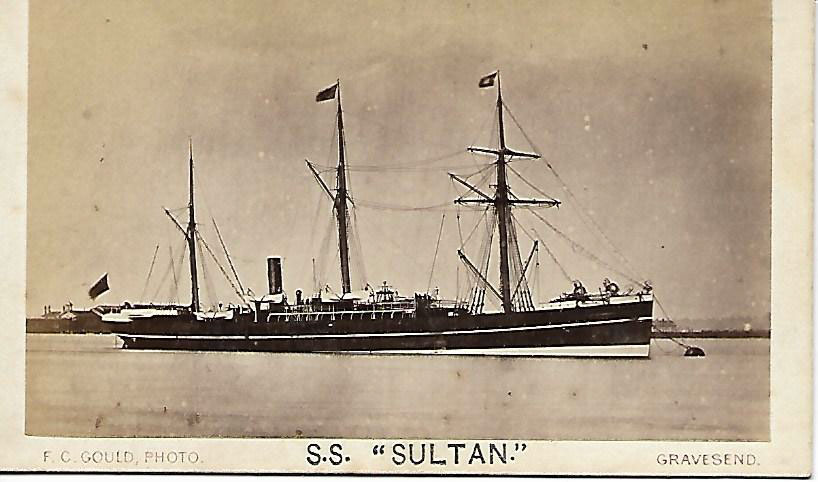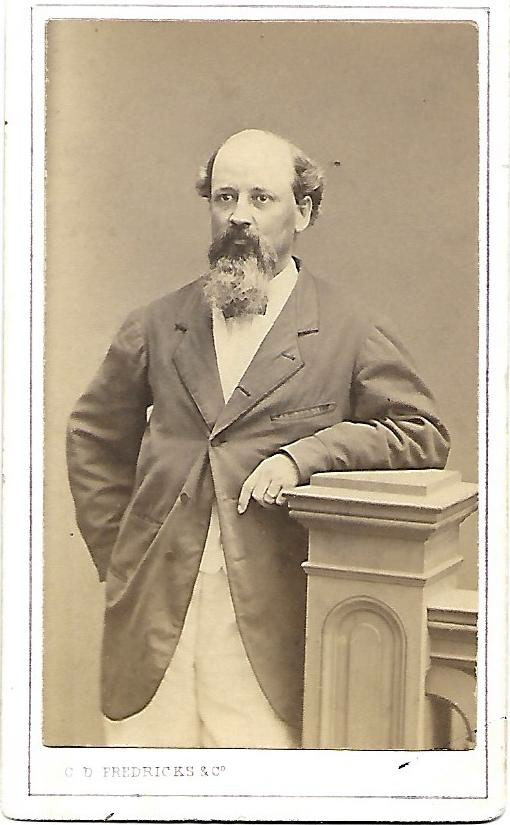Section #22 - The Southern States secede and the attack on Ft. Sumter signals the start of the Civil War
Chapter 285: Organizational Confusion Mars Planning For The Expeditions
March 31, 1861
Plans To Reinforce The Forts Begin To Take Shape

After the cabinet adjourns on March 29, Seward takes Lincoln to meet with the army’s engineering genius, Captain Montgomery Meigs, already well known in DC for his construction work on the capitol building and the Rock Creek Aquaduct.
By sheer luck, Meigs has recently toured the Florida forts, after being banished south for criticizing Buchanan’s War Secretary, John Floyd about mismanaged contracts.
Lincoln is encouraged by the talk with Meigs, who is assigned to work with Erasmus Keyes, Scott’s military secretary, to develop detailed plans for securing Ft. Pickens.
They are still working on the morning of March 31, when Seward tells them to finish up, show their work to Scott, and update Lincoln by 3pm.
Time runs out before they can reach Scott, so they head to the White House and tell the President that reinforcing Ft. Pickens would be possible, given proper planning and the choice of a bold naval commander.
Lincoln is supportive, but sends them back to Scott for his approval. Once there, they earn the General’s wrath for violating the chain of command.
But this incident is only the beginning of the comedy of errors that will mark the efforts to organize the naval expeditions to both Ft. Sumter and Ft. Pickens.
Lincoln signals the pressure to act quickly, while not sure whether to prioritize Sumter or Pickens.
Seward wants to give up on Sumter and make a stand at Pickens.
Both insert themselves into the chain of command, with often contradictory orders that confuse and frustrate the military planners.
April 1, 1861
Equipping The Expeditions Becomes Contentious

Monday, April 1, 1861 finds two sets of planners working under intense time pressure to outfit their expeditions to save the federal forts.
The Sumter task force is led by naval Lt. Gustavus Fox, under the direction of General Winfield Scott.

The Ft. Pickens effort belongs to army Captain Montgomery Meigs and Major Erastus Keyes, but is befuddled from the start by its command structure. Thus Seward convinces Lincoln that the Navy Department is riddled with Southern sympathizers and that success in Florida requires total secrecy, even so far as keeping Secretary Gideon Welles in the dark. This approach yields one blow up after another as the effort progresses.
The first order for both planners is to identify the ships that will carry the men and supplies and landing crafts to their targeted destinations.
Meigs jumps to one crucial ship in particular for Florida, the sidewheel steam frigate USS Powhatan currently being refitted at the Brooklyn Naval Yard, under its acting head, Captain Andrew Foote.
| Ship | Propulsion | Tons | Cannons | Stationed At |
| Powhatan | Steamer | 2,415 | 10-9”, 1-11”, 5-12# | New York |
He gets the go-ahead from Scott, Seward and Lincoln on Powhatan and, along with Keyes, lines up two commanders for their move on Ft. Pickens: naval Captain David Dixon Porter, and army Colonel Harvey Brown. They also enlist another navy man, Rear Admiral Silas Stringham, to oversee the strategy.
Since the Ft. Pickens venture remains a secret, Lt. Fox remains unaware as he scurries ahead on his Sumter efforts.